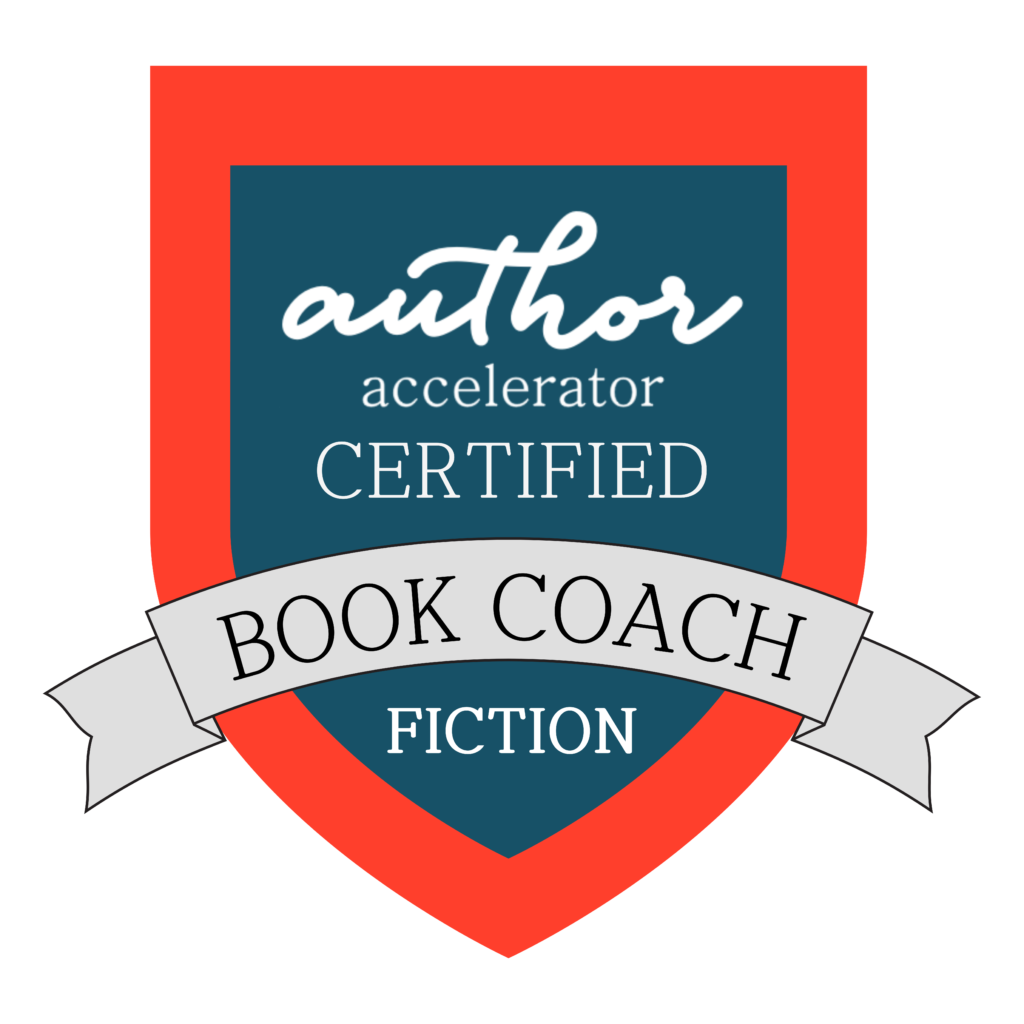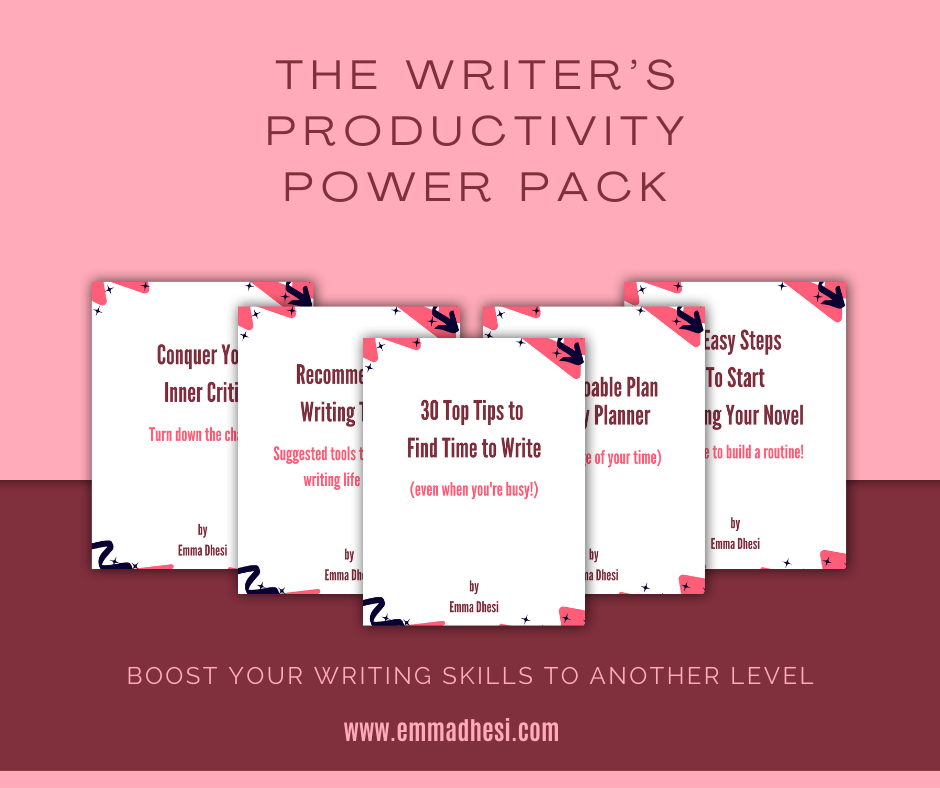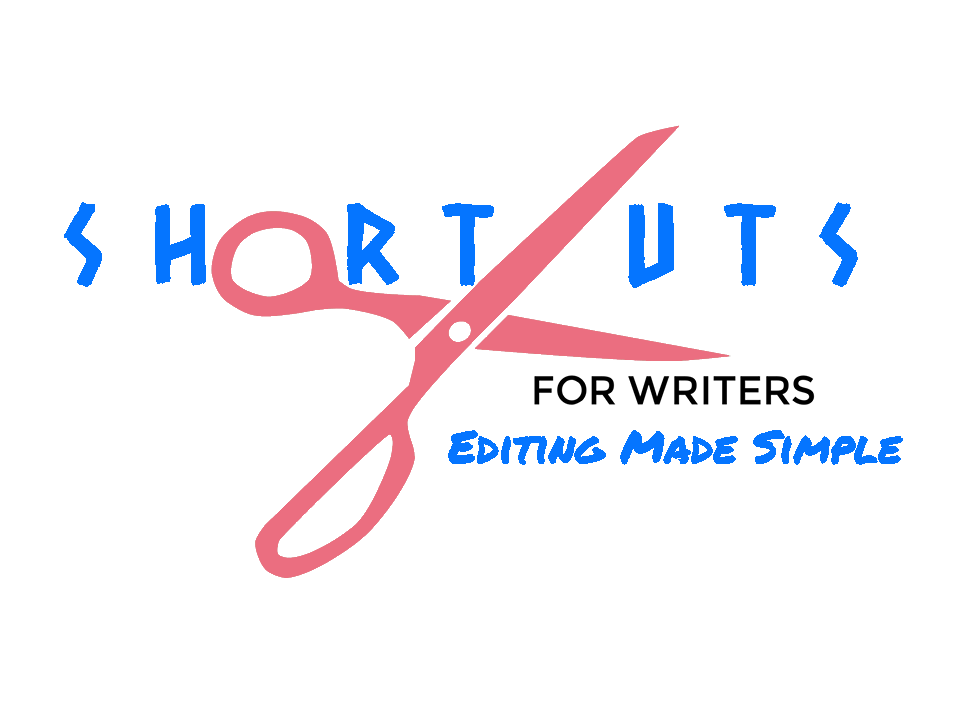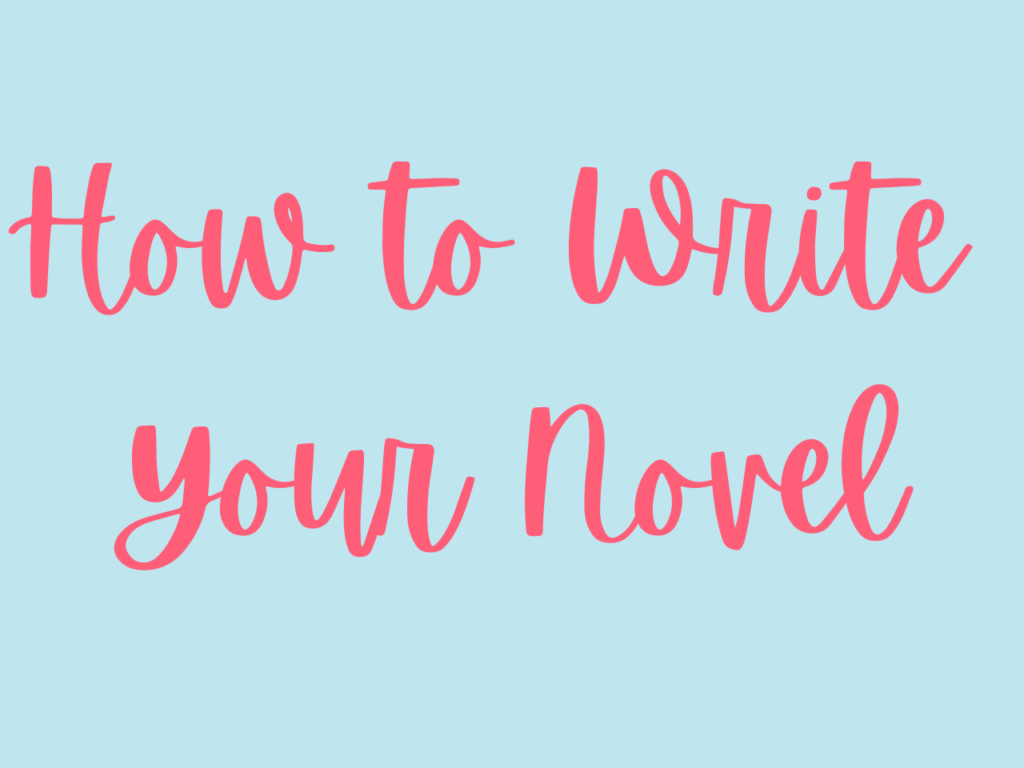What do you need to do, to write your first line?
What do you need to do, to write your first line?
Okay, so you’ve decided you want to write. You’ve made the commitment to yourself: You will face your fear and do it, anyway!
But, you wonder, how do you get started, how do you write the first line?
Believe it or not, the first line in your book is often one of the last sentences you write. Invariably the first lines, maybe the first paragraphs, or even the first few pages, end up on the editing room floor.
This is because it can take a while to get into the story and this is common for many, many writers.
In fact, in a lot of writing classes your teacher might read over something you’ve written, but it is not until the last page they say “This is where your story begins!”
It’s very disheartening when they say that because you’ve poured yourself into those first three pages, but it’s only on that fourth page your story comes to life. Believe me, that’s happened to me on more than one occasion!
So my message here is not to worry about your first line. The first chapter in your book is the one you’ll probably write more than any other. You’ll come back to it again and again.
The most important thing at these early stages is to get the story down on paper so you have something to improve.
As Anne Lamott says, you have to write your down draft before you can write your up draft.
The down draft is where you just get all the words down on paper and your up draft is when you fancy it all up and make it ready for readers.
Remember too, it’s also called a rough draft!
Your priority should be to get your words down on paper, not worrying about how great your first line is because no matter how great you think you’ve made it, you’ll change it time and again!
What is a good first sentence?
In saying that, when you do come back to edit, what is a good first sentence?
You can open with a simple statement of fact. For example, in Sally Rooney’s debut novel Conversations With Friends, she writes:
“Bobbi and I first met Melissa at a poetry night in town, where we were performing together.”
Super simple and straightforward.
Or it could be a more extensive fact. A good example of this is the first line of Pride And Prejudice by Jane Austen.
“It is a truth universally acknowledged, that a single man in possession of a good fortune, must be in want of a wife.”
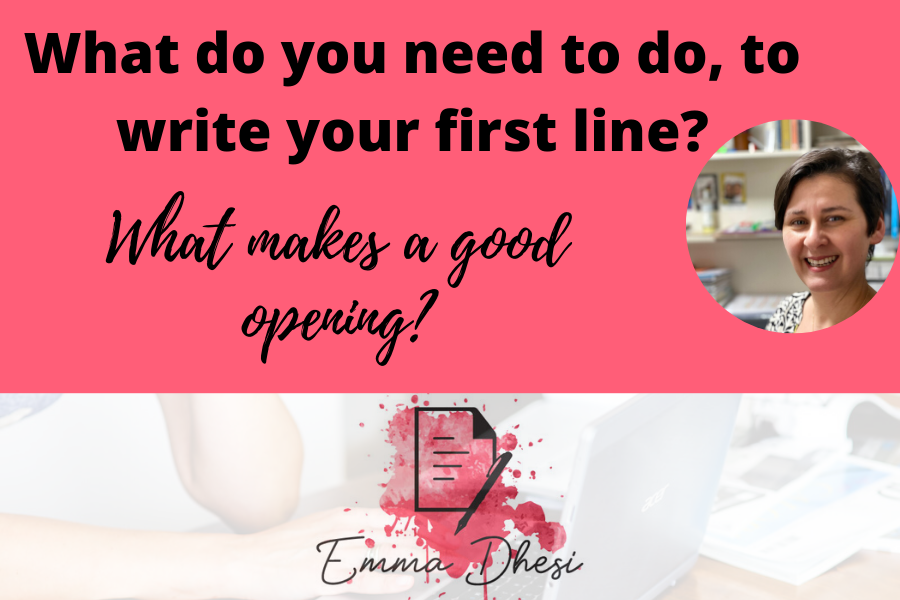
From time to time, I link to products or services I love using with affiliate links. This means that I may receive a small percentage or fee for referring you to any product you may purchase from one of those sites. It does not cost you anything. These small fees help sustain my small business. I truly appreciate your support.
Setting
You may want to open your story by letting the reader know when and we are the story is taking place. You describe what the character can see and what it means to them.
Amanda Prowse in her novel, My Husband’s Wife, opens the story thus:
“Having lived in the small seaside town of Woolacombe her whole life, it was hard for Rosie Tipcott to see it to the way visitors saw it. Where tourists might rave about the surfing, linger for hours in the famous sand dunes or spend every afternoon on the crazy-golf course, Rosie was often preoccupied with what to make for tea, how many shifts she get that week or whether she’d remembered to switch off the iron.”
This immediately gives the reader a sense of where the story takes place, who the main character is and the life she lives.
Equally, if your story is set in the future or a different time and place, you can state it up front. A good example would be J R R Tolkien’s the Hobbit.
“In a hole in the ground and lived a hobbit. Not a nasty, dirty, wet hole, filled with the ends of worms and an oozy smell, nor yet a dry, bare, sandy hole with nothing in it to sit down on or to eat: it was a hobbit-hole, and that means comfort.”
This tells us immediately that we are not talking about humans or a world recognisable to us. We know it is about something called a hobbit who lives in a hole, but not any old hole, a comfortable hole. And that leaves us wanting to know more.
How out how else might you open your novel to draw in your reader?

Foreshadowing
You can use foreshadowing to entice them in. Here is the prologue from Peter May‘s the Black House.
“They are just kids. Sixteen years old. Emboldened by alcohol, and hastened by the approaching Sabbath, they embrace the dark in search of love, and find only death.”
This immediately gets the reader interested. They know these kids are young, they have been drinking, the mention of the Sabbath tells us it’s a Saturday night and that religion is important.
The fact they are sixteen and in search of “love” tells us that sex is on their minds, but rather than finding love, they confront death. But whose death? The reader, intrigued, carries on.
Inciting Incident
Another way to open your book is to start with the inciting incident, something that leaves the reader thinking, wait a minute, what’s going on here?
A good example of this is Kerry Fisher‘s novel The Woman I Was Before.
“Of all be emotions I felt as I walked into my new house, hope was the most unexpected. But there it was, against the backdrop of fresh paint, a fragment of belief that this time, in the first home I’d owned since it all went wrong, Daisy and I would know good times.”
This tells us the character has just moved house, that something has gone wrong in her past and that she is with somebody called Daisy. They’ve moved house, and this is the inciting incident. This has pushed the character from her old life into her new one and where the story starts.
This is how I began my first novel, The Day She Came Home.
“From the master bedroom upstairs, I heard Ross’s key enter the lock and the front door open. I froze. My heart thumped and I felt my face flush. I wanted to scream, so put my hands quickly over my mouth. I wasn’t supposed to be here, as, technically, this wasn’t my home any more and it was with trembling limbs, I had made my way to the garden gate only half an hour before.”
Conclusion
So now you know how to how to write the first sentence. You can state a fact, describe the setting, include foreshadowing, or use the inciting incident to drop them right into the action.
You also know that your first line is likely to be one of the last sentence is you write. You will come back to chapter one again and again until you, or your editor, are satisfied.
And now that you know you don’t have to worry about it, are you ready to start? If you’re ready to write your first novel, I’m ready to help you.
If you want hints, tips and practical advice dropped into your mailbox each week, then click the link below and I’ll make sure that happens. I promise not to spam you. I only share things I feel confident will help you in your writing journey. To get you started, I’ll send my 30 top tips to find time to write ![]()

